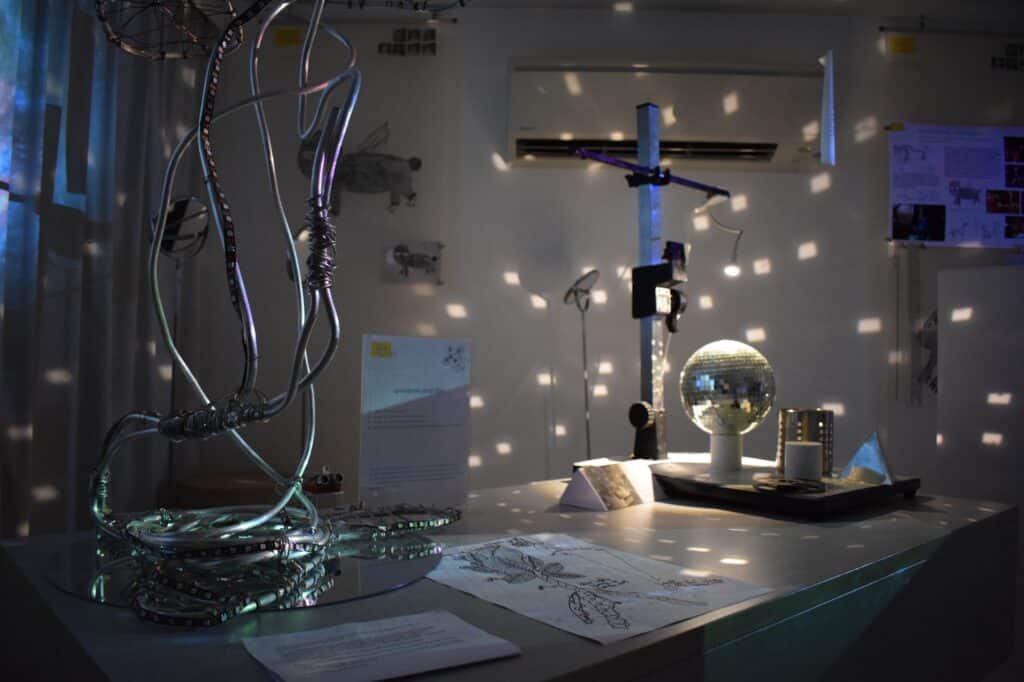‘Childhood is often the first place where we begin to see and use the environment imaginatively.’ (Strong-Wilson and Ellis)
At ELC International Family of Schools, we are inspired by the Reggio Emilia
approach to the environment as a ‘third teacher’. We can think about the
environment as a collection of conditions and influences on teaching and learning
which includes both the physical environment – layout, design, resources and so on –
and the psycho-social environment – the relationships between staff and children,
between peers, and between the school and families. Our campus environments are
intentional and intrinsic to the teaching and learning process by way of consciously
setting up conditions ripe for children and teachers to co-construct knowledge.
Children flourish in spaces that make them feel valued, stimulate them aesthetically,
intellectually and physically; our educators therefore pay close attention to the ways
in which the environment is made to ‘speak’ to invite and support independent
thought, interaction, creative exploration and expression, and problem-solving. When
creating a Reggio-inspired environment to act as a third teacher, there are eight
principles to be considered: aesthetics, transparency, active learning, flexibility,
collaboration, reciprocity, bringing the outdoors in, and relationships (Fraser). Across
our ELC Family of International Schools, we apply these principles to offer spaces in
which children feel that they are in their environment, not one imposed upon them,
and in which they are free to make their own meaning.

1. We pay attention to the aesthetic details of all our spaces – whether an atelier and its materials, an entrance way, or our gardens, design and beauty is considered through the eyes of the child.
2. Transparency is welcomed using materials such as internal glass walls, windows, and mirrors, to allow for natural light, and reinforces the visibility of our learning process.
3. Active learning involves providing a rich, stimulating environment that encourages autonomous thought; from an abundance of materials and tools, and through provocations, children are encouraged to actively explore, investigate, and solve problems.
4. Flexibility refers to how children will often use objects in their play in ways not explicitly intended; the environment is the children’s space, which often allows them to strip away preordained rules or purpose with objects. For example, in our City School gardens, the tiny pebbles in the sand become ‘gems’ or ‘gold’ to trade during outdoor playtime.
5. Collaboration is at the heart of our learning; the children have continual opportunities to work together across all classes, and especially so in Project.
6. Reciprocity is achieved by being responsive to the interests of the children. The environment must be flexible, to adapt and change in terms of space, scheduling, and materials, to be in tune with the children and teachers as they co-construct.
7. Bringing the outdoors in helps children connect with the natural world and strengthens their sense of belonging in their world.
8. Finally, the relationship in the Reggio environment refers to how objects are shown in relation to other materials in the room.





